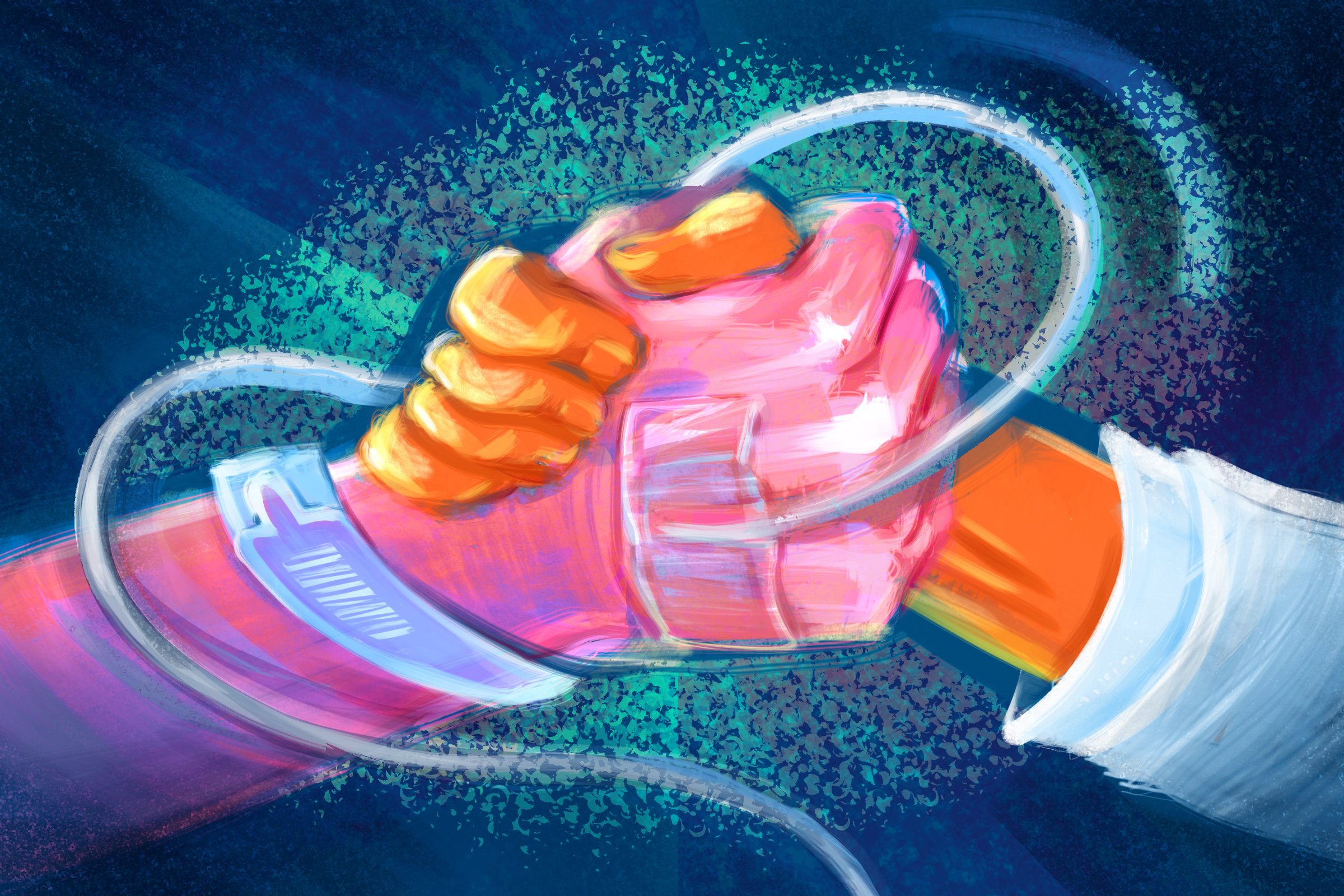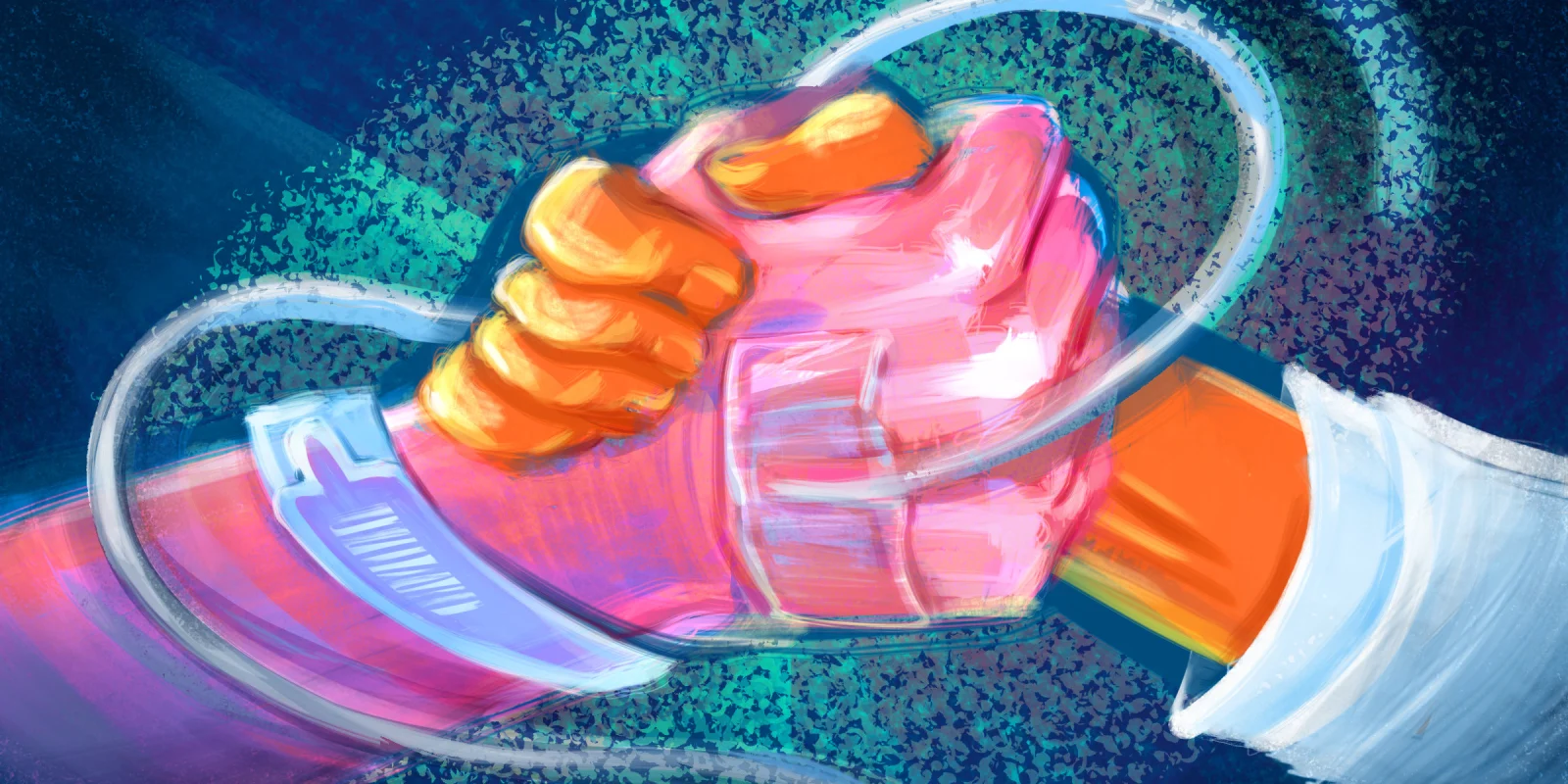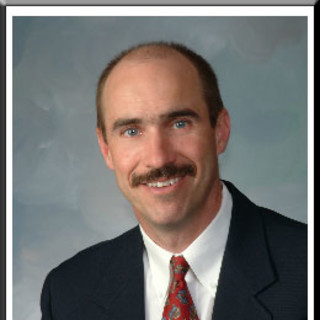
In Nebraska, when I was younger, we would often go to the sale barn to buy and sell cattle. While there, I was always fascinated by the order buyer in the back. He would sit there with a clipboard and two or three phones. With imperceptible nods and gestures, he would buy hundreds of cattle. The ranchers he worked for trusted him, and after seeing thousands of cattle, they knew he would buy them exactly what they wanted. Because of his years of experience, he was able to see small faults and imperfections that others couldn’t. Even though many of the buyers were watching online, they still paid this man to do the buying because they knew that there was no substitute for being there.
I reflected on this one morning in clinic as I waited for a medical student to come out of a patient’s room.
The student sat down after seeing the first patient of the morning. “Wow,” she said, “Where do I start?”
Multiple complaints and comorbidities later, this complicated patient — that I have known for many years — sounded like he needed to be admitted. “Let’s go and see him,” I said. “Sometimes I’ve just gotta lay my eyes on them to get a feel for what is going on.” After some questions and a quick exam, I told the patient we’d be right back.
Outside the patient’s room, I laid out my thoughts for the student. The patient actually looked better now than at the last two visits. His complaints were the same as always and his condition was stable, although complicated. He was relaxed, and his body language and mood indicated his stability. With a quick exam and a pat on the back, he was good to go.
Patients aren’t cattle and the analogy might not be that great, but let’s not think too highly of ourselves. We are not all that different from other animals in many ways. If we are, it’s because they never lie or have any idea to what secondary gain is. Humans, on the other hand, do.
With experience and close proximity to the patient, certain things stand out that otherwise could be missed if treated by through telemedicine — the subtle pause while answering a difficult question, the tear that gets quickly wiped away, and the nervous hands and clammy skin.
Now, are there situations where telemedicine is needed such as in rural areas or if limited specialty is available? Sure. But instead of encouraging and expanding telemedicine in order to make more money, have an easier lifestyle, or save money by not having to pay for an office visit, maybe we should consider what’s best for the patient and what treatment environment would be the most appropriate.
I had a patient come in the other day and related the following story. He was in another town on business and started to get a sore throat. While driving down the interstate he saw a billboard advertising telemedicine. He got out his cellphone and 10 minutes later, the subscription for his antibiotic was ready at the next exit.
When the topic of telemedicine arises where I work, I always use the same example. Imagine you’re sitting in the hospital by the side of the bed while your small child is wheezing or your elderly parent is dying, and a computer screen is wheeled into the room so the “doctor” can do rounds. Even if all the objective data is available during the exam, the human touch, and not to mention, the caring just isn’t there.
Remember, it’s not just about what the telemedicine clinician can or can’t see and feel. It’s about what the patient and family can or can’t see and feel.
Medicine in its purest form is about dispensing wisdom. Wisdom is when knowledge is given in love. Can we really “love on” our patients without being “with” our patients?
Illustration by April Brust






